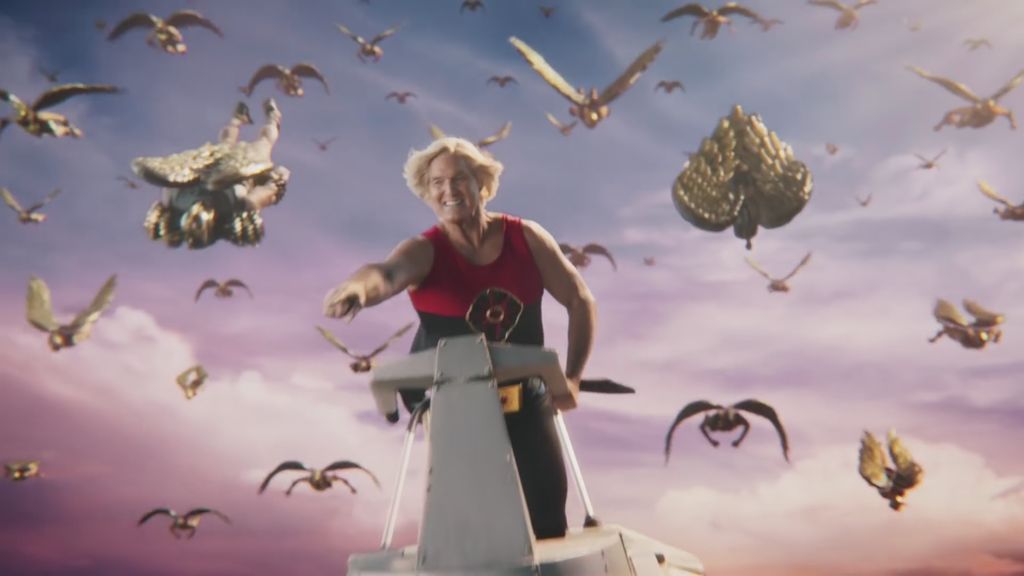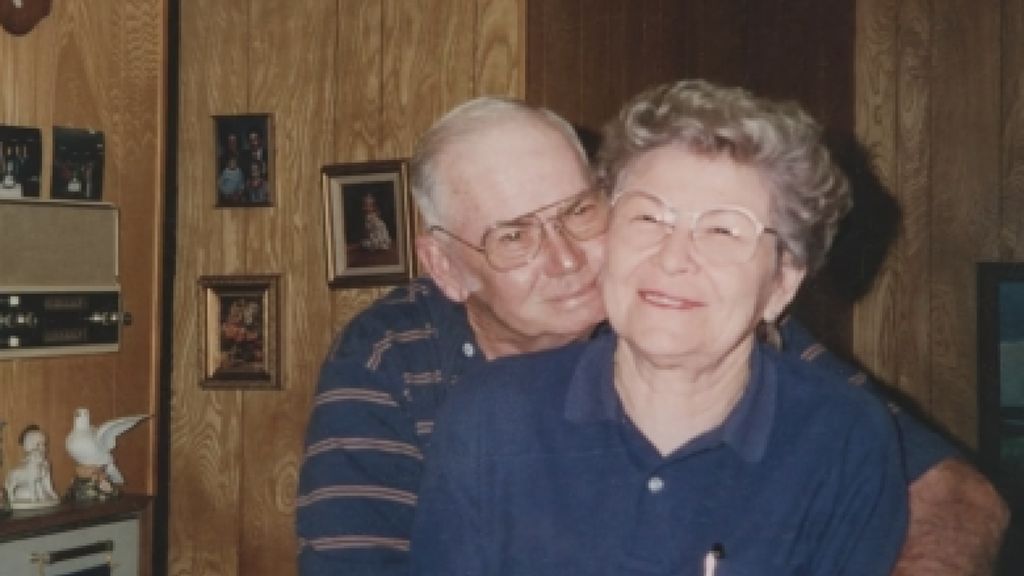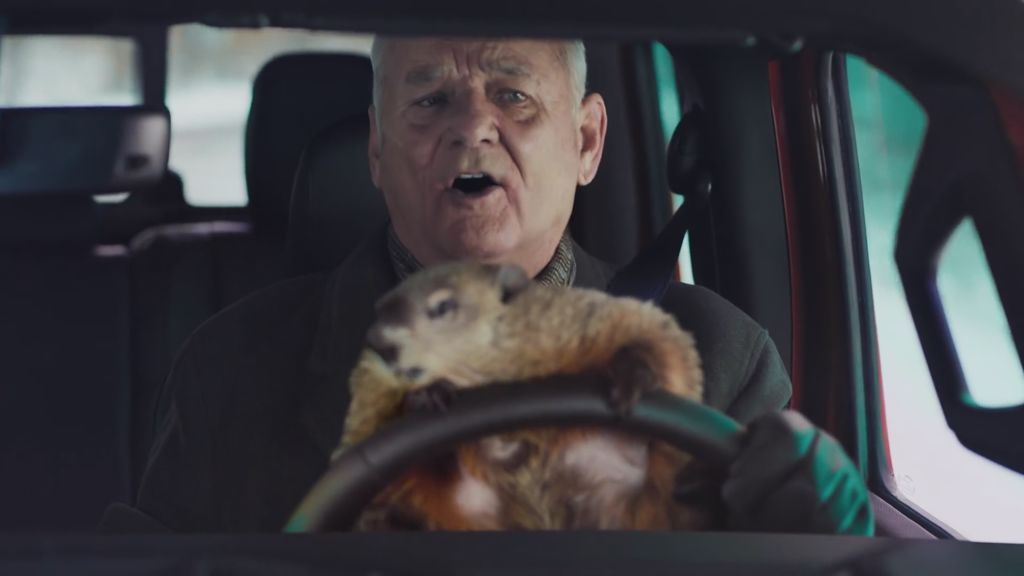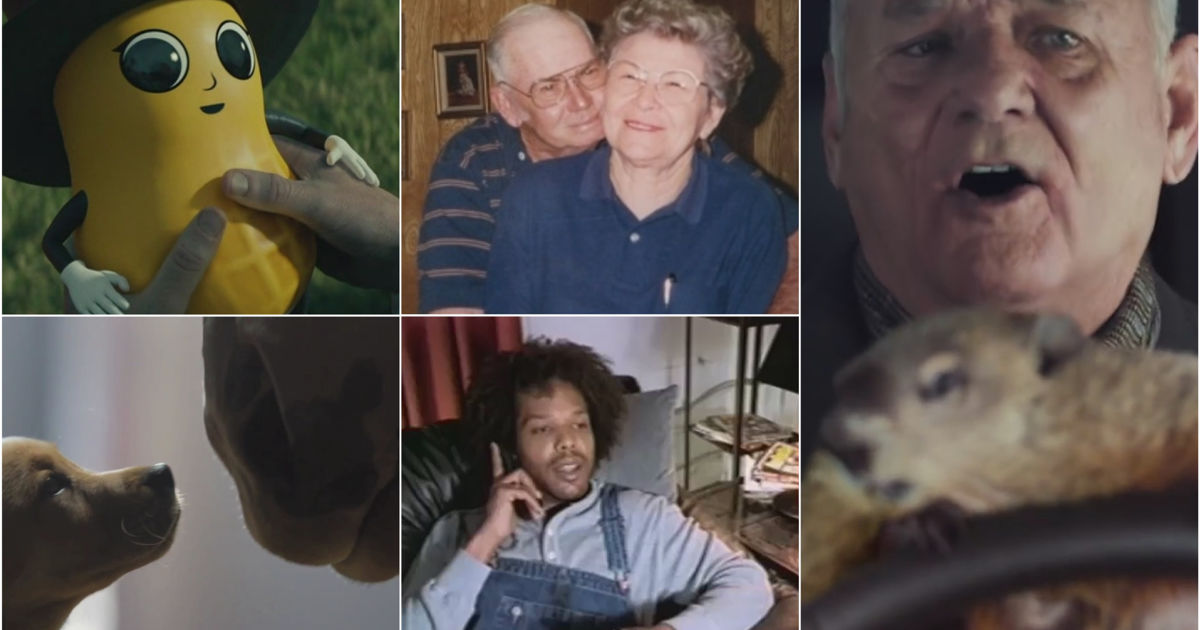Heartstrings, babies and sexiness (or How to win at the Super Bowl)
Nathan Frank, Head of Brand Development at Interesting Development, examines the tactics used by brands at this year's Super Bowl and wonders if baby brand mascots will be the all-encompassing future.
Every one of us should have known the way to win this. It was staring at us in the face the whole time.
Heartstrings, explosions, babies, laughing, sexiness — these are, more or less, the weapons available to us in conquering the largest, most diverse, and most important audience that we will ever face as creatives in the US market. It matters less that we use these weapons well, than if we use the correct weapon for the moment.
The power of special effects is waning in the context of the Super Bowl ad.
Our personal careers, our agencies, our industry, our country and our culture at large are all depending on it. But in the Super Bowl of 2020, most of us did not use the correct weapon. Most of us forgot.
Credits
powered by
- Agency Dept W/New York
- Production Company Hungry Man
- Director Wayne McClammy
-
-
Unlock full credits and more with a Source + shots membership.
Credits
powered by
- Agency Dept W/New York
- Production Company Hungry Man
- Director Wayne McClammy
- Art Director Camilla Ciappina
- Associate Creative Director Peter Defries
- Associate Creative Director Alan Wilson
- Associate Creative Director Rodrigo Panucci
- Associate Creative Director Alexandre Abrantes
- HP Jenny Read
- Producer Ariana Ekonomou
- Executive Producer Mino Jarjoura
- Editing The Den Editorial
- Editor Christjan Jordan
- Executive Producer Mary Ellen Duggan
- VFX The Mill/Los Angeles
- Executive Producer Anastasia von Rahl
- Executive Creative Director Chris Knight
- VFX Supervisor Matthew Fuller
- Colorist Matt Osborne / (Colorist)
- Music New Math Music & Sound
- Executive Producer Kala Sherman
- Composer Casey Smith
- Sound Designer Jimmy Harned
- Sound Designer Dan Sammartano
- Audio Mixer Steve Perski
- Executive Producer Jesse Schwartz
- VFX/Animation Industrial Light & Magic (ILM)
- Line Producer Rick Jarjoura
- DP Jonathan Sela
- Senior Post Producer Jonlyn Williams
- Junior Editor Hannelore Gomes
- Copywriter Andrew Hurwitz
- Executive Creative Director Josh Horn
- Music Producer David Steinberg / (Composer)

Credits
powered by
- Agency Dept W/New York
- Production Company Hungry Man
- Director Wayne McClammy
- Art Director Camilla Ciappina
- Associate Creative Director Peter Defries
- Associate Creative Director Alan Wilson
- Associate Creative Director Rodrigo Panucci
- Associate Creative Director Alexandre Abrantes
- HP Jenny Read
- Producer Ariana Ekonomou
- Executive Producer Mino Jarjoura
- Editing The Den Editorial
- Editor Christjan Jordan
- Executive Producer Mary Ellen Duggan
- VFX The Mill/Los Angeles
- Executive Producer Anastasia von Rahl
- Executive Creative Director Chris Knight
- VFX Supervisor Matthew Fuller
- Colorist Matt Osborne / (Colorist)
- Music New Math Music & Sound
- Executive Producer Kala Sherman
- Composer Casey Smith
- Sound Designer Jimmy Harned
- Sound Designer Dan Sammartano
- Audio Mixer Steve Perski
- Executive Producer Jesse Schwartz
- VFX/Animation Industrial Light & Magic (ILM)
- Line Producer Rick Jarjoura
- DP Jonathan Sela
- Senior Post Producer Jonlyn Williams
- Junior Editor Hannelore Gomes
- Copywriter Andrew Hurwitz
- Executive Creative Director Josh Horn
- Music Producer David Steinberg / (Composer)
Above: Walmart's CGI extravaganza.
The power of special effects is waning in the context of the Super Bowl ad. Viewers have become accustomed to an on-screen world where anything can happen at any time for relatively little cost. As a result, nobody really cares how big the explosions are. Traditional big budget spectacles such as car chases and dragons, which used to be a conversation piece on their own are used sparingly and, really, only successfully when used for comedic effect. The car chases and CGI dragons of this Super Bowl slipped by without even a whimper.
Sexiness, it goes without saying, would have been a foolhardy mission for any brand to undertake at this particular moment in time.
Heartstrings are a weapon that we have become more and more fond of using. Chrysler and Google laid out a path where emotion and/or patriotism interrupt the light and inconsequential testicle kicking that traditional Super Bowl ad used to thrive on. But what was once an exception has become a rule. Super Bowl ad breaks are now weighed down by solemnity and a sense of duty. While some of these stories are gripping enough to make the viewer cry, the sombre tone has become homogeneous enough to make many viewers long for the days of testicle kicking again.
Credits
powered by
- Agency Google Creative Lab/USA
- Production Company In-House at Agency
- Director No Director Existing Footage
-
-
Unlock full credits and more with a Source + shots membership.
Credits
powered by
- Agency Google Creative Lab/USA
- Production Company In-House at Agency
- Director No Director Existing Footage
- Online/Color Company Arcade Edit
- Executive Producer Sila Soyer
- Flame Artist Tristan Wake
- Flame Assistant Mark Popham
- Post Producer Andrew Cravotta
- Audio Post Heard City

Credits
powered by
- Agency Google Creative Lab/USA
- Production Company In-House at Agency
- Director No Director Existing Footage
- Online/Color Company Arcade Edit
- Executive Producer Sila Soyer
- Flame Artist Tristan Wake
- Flame Assistant Mark Popham
- Post Producer Andrew Cravotta
- Audio Post Heard City
Above: Google's spot, Loretta, used emotion to get its point across.
Humor depends on vulnerability and although the Super Bowl audience is perfectly willing to let its guard down enough to allow for a moment of nervous laughter, the complete emotional abandonment required to make a comedic advertisement into an undeniably memorable moment in culture, is dependent on an openness that doesn’t exist in our current cultural climate. The innocence of a world that unites around 1999’s Whassup is a far-off memory.
Super Bowl history clearly demonstrates cuteness as a successful tactic.
Sexiness, it goes without saying, would have been a foolhardy mission for any brand to undertake at this particular moment in time. This tactic’s omission, we can take this as a sign of progress. But there was one weapon that nearly all of us left alone. Those that employed it were rewarded heavily.
Cuteness... that damned nut baby!
Super Bowl ad breaks are now weighed down by solemnity and a sense of duty.
Super Bowl history clearly demonstrates cuteness as a successful tactic. Between the everlasting and interminable appeal of 'the Puppy Bowl', puppies rubbing wet noses with Clydesdale horses, and babies that talk about finances for no apparent reason; cuteness has rarely failed. The cultural obsession with Baby Groot, and more recently with Baby Yoda, pointed clearly to this being its opportune moment.
Planters – Planters Rebirth
Jeep – Groundhog Day
Above: Planters and Jeep employed cuteness and comedy to great effect.
Both advertisers that centered their communication around cuteness won. Jeep’s ad centered on Groundhog Day, clearly one of the world’s favorites, only had to strap a cute groundhog to Bill Murray’s chest to land itself in USA today’s #1 slot. The nut, although not obviously loved by all, became the most talked about ad on Twitter upon its release, immediately erasing the gory backstory of the original Mr. Peanut’s fiery death and reincarnation.
We are about to be exposed to a world where every brand logo gives birth to another baby brand logo which speaks in a squeakier voice than the original.
So, why does cuteness work so well right now? Who doesn’t sometimes imagine themselves to be cradled in the arms of Wesley Snipes, speaking only dolphin language? Who among us hasn’t fantasized about being strapped to Bill Murray’s chest in a baby carrier while he goes cross country skiing? The idea of being coddled and taken care of holds an undeniable psychic appeal at a moment when conflict and resentment rule the day. We want to be babies and we want our parents to stop fighting and just get on with it.
Who among us hasn’t fantasized about being strapped to Bill Murray’s chest in a baby carrier while he goes cross country skiing?
We have ignored cuteness. And, now that advertisers are seeing how effective it was in the Big Game, we are about to be exposed to a world where every brand logo gives birth to another baby brand logo which speaks in a squeakier voice than the original.
)















